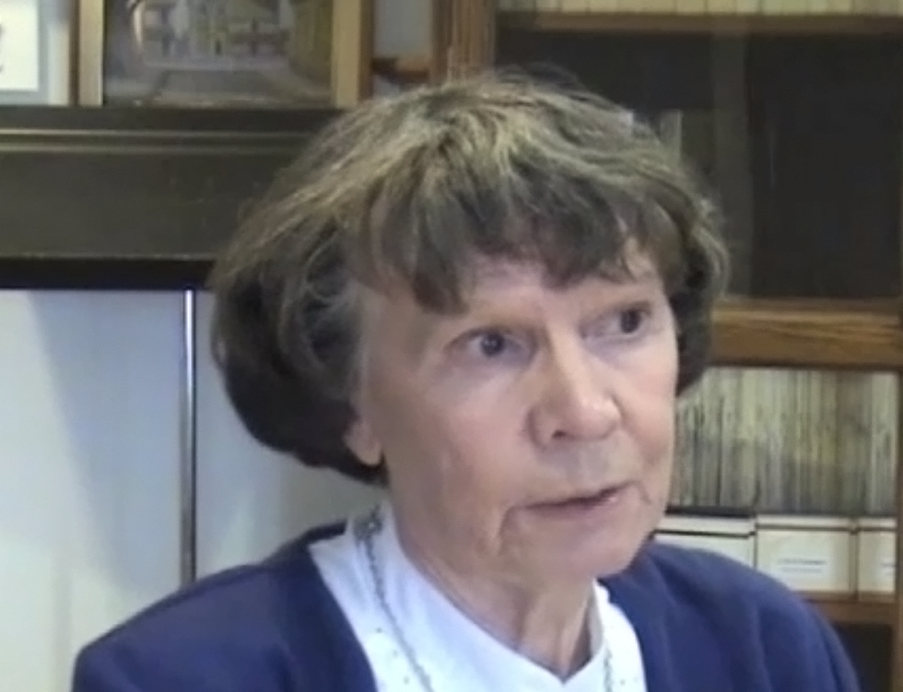Notre-Dame-de-Bon-Secours Chapel: interview with Sister Patricia Simpson

After living in Ville Marie for two years, Marguerite Bourgeoys promises to erect a chapel. After she wins the support of all the important people in the area, she finds a beautiful site for the chapel on the shore of the river. She persuades the people of Montreal to collect stones and to volunteer in helping to build the chapel, while making sure to compensate them for their work. It is Maisonneuve himself who orders the cutting down of the very first trees that are brought to the site.
At this time, Montreal is a Jesuit mission; in 1657 the Sulpicians arrive and replace the Jesuits. The new Sulpician superior refuses Marguerites request for permission to build the chapel.
The Sisters of the Congrégation use this place to celebrate important events and to renew their promises to God, given the fact that they do not pronounce vows until the end of the XVIIth century.
In 1774, the chapel is completely destroyed by fire. At the end of the Seven Years War, Montreal is no longer governed by French Catholics but by English-speaking Protestants. The British then set up camp on the shore of the river. Despite this, those in charge of Notre-Dame-de-Bon-Secours Chapel and the Sulpicians decide to rebuild it.
At the beginning of the XIXth century, given the large number of English-speaking Catholics, the Sulpicians, who do not want to lose their faithful, celebrate Mass in Latin, give the sermon and hold assemblies in English. The site becomes the cradle of the English Catholic community in Montreal.
In 1847, English-speaking Catholics build their own place of worship, St. Patricks Church. Since Notre-Dame-de-Bon-Secours Chapel seems a bit neglected, Bishop Bourget promises that, if the typhoid fever is contained in Montreal, he will donate a new statue to replace one that was stolen, resume pilgrimages to the chapel and commission a painting commemorating the miracle of the eradication of the typhoid fever. He fulfills his three promises in 1849. The pilgrimages resume and continue until the 1950s when religious faith begins to decline in Quebec.
